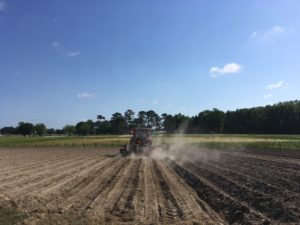
RMA Changes Earliest Planting Date Coverage to 4/1 for NC Soybeans
Using the optimal soybean planting date is critical to maximize yield for our full season soybeans and planting before …



El inglés es el idioma de control de esta página. En la medida en que haya algún conflicto entre la traducción al inglés y la traducción, el inglés prevalece.
Al hacer clic en el enlace de traducción se activa un servicio de traducción gratuito para convertir la página al español. Al igual que con cualquier traducción por Internet, la conversión no es sensible al contexto y puede que no traduzca el texto en su significado original. NC State Extension no garantiza la exactitud del texto traducido. Por favor, tenga en cuenta que algunas aplicaciones y/o servicios pueden no funcionar como se espera cuando se traducen.
Inglês é o idioma de controle desta página. Na medida que haja algum conflito entre o texto original em Inglês e a tradução, o Inglês prevalece.
Ao clicar no link de tradução, um serviço gratuito de tradução será ativado para converter a página para o Português. Como em qualquer tradução pela internet, a conversão não é sensivel ao contexto e pode não ocorrer a tradução para o significado orginal. O serviço de Extensão da Carolina do Norte (NC State Extension) não garante a exatidão do texto traduzido. Por favor, observe que algumas funções ou serviços podem não funcionar como esperado após a tradução.
English is the controlling language of this page. To the extent there is any conflict between the English text and the translation, English controls.
Clicking on the translation link activates a free translation service to convert the page to Spanish. As with any Internet translation, the conversion is not context-sensitive and may not translate the text to its original meaning. NC State Extension does not guarantee the accuracy of the translated text. Please note that some applications and/or services may not function as expected when translated.
Collapse ▲
Using the optimal soybean planting date is critical to maximize yield for our full season soybeans and planting before …
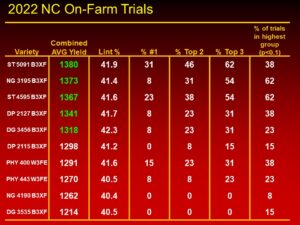
Like most years in North Carolina, 2022 was certainly unique and brought its share of challenges. Dry, hot weather …

Bt corn has been genetically modified to make insecticidal proteins that protect plants from caterpillars and some root-feeding beetles. …
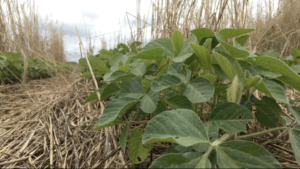
Each day this week we are releasing information delivered at the Soybean Field Day at the NCDA&CS Piedmont Research …

Maximizing NC Soybean Yield Through Planting Date and Maturity Group Written by DJ Stokes and Dr. Rachel Vann Recent analyses indicate …

Each day this week we are releasing information delivered at the Soybean Field Day at the NCDA&CS Piedmont Research …
Each day this week we are releasing information delivered at the Soybean Field Day at the NCDA&CS Piedmont Research …
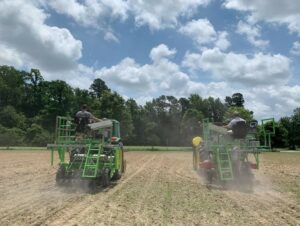
Each day this week we are releasing information delivered at the Soybean Field Day at the NCDA&CS Piedmont Research …
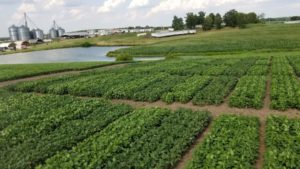
Each day this week we are releasing information delivered at the Soybean Field Day at the NCDA&CS Piedmont Research …
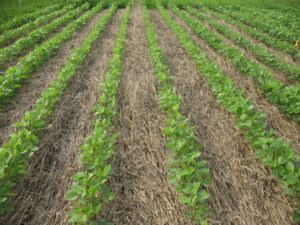
Growers across North Carolina continue to increase cover crop adoption for the wide range of benefits that cover crop …
Harvest is largely underway for most of NC and most of our crop has already been defoliated. For the …
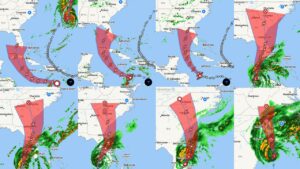
The dreaded storm is upon us. By tomorrow morning, we should all know what the impact on our crop …

We were really hoping to avoid having to write an article like this. I think everyone breathes a sigh …
There’s been several calls this week about adjusting rates and tankmixtures due to recent high temperatures and rightfully so. …

Join us for the N.C. Cooperative Extension Piedmont Soybean Field Day on Wednesday, September 28, 2022 at the NCDA&CS …
We’ve recently concluded our defoliation meetings across the state. Below are a few highlights of those meetings and subsequent …
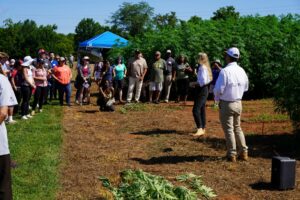
8/17/2022 – NC State University held two official field days in 2022 highlighting our hemp research. The first one …
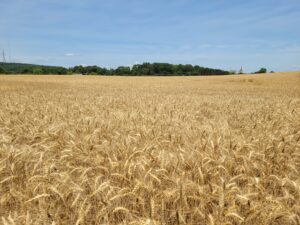
Did you know that North Carolina wheat makes great biscuits? The type of wheat grown in our state, soft …
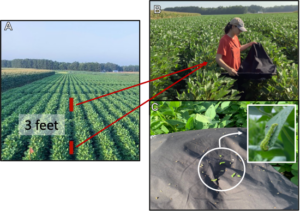
Article by Taynara Possebom, M.S. candidate, NC State University, Department of Entomology and Plant Pathology Corn earworm, also known as …
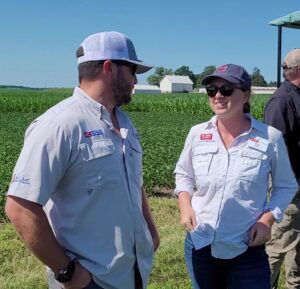
Are you a farmer interested in working with N.C. Cooperative Extension to conduct research on your farm? Listen to this …

This factsheet for farmers describes concepts, terminology, and guidelines concerning soil sampling. Proper testing allows …

Nitrogen fertilizer products are being developed and marketed as having the potential to increase yields and …
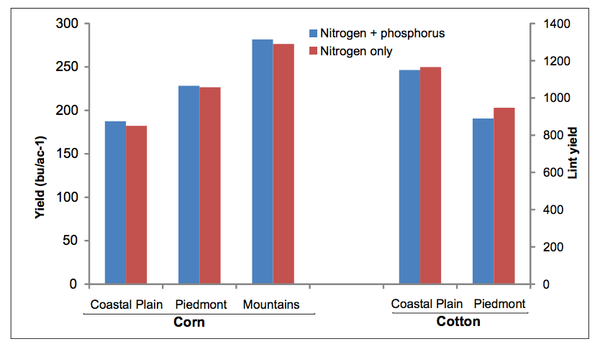
Phosphorus (P) is the second most important nutrient in crop production but is often found …

This factsheet describes the symptoms of a shoot inhibitor herbicide injury.

This factsheet describes the symptoms of a metribuzin herbicide injury.

This factsheet describes the symptoms of a dichlobenil herbicide injury.

This factsheet describes the symptoms of a protoporphyrinogen oxidase inhibitor herbicide injury.
This factsheet summarizes the symptoms and management of stubby-root nematodes in soybean in North Carolina.